1. Wildflower Meadows
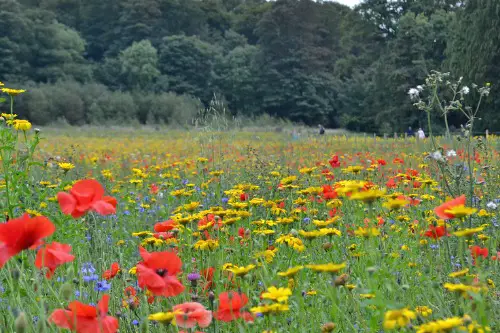
A wildflower meadow might look like a dream straight out of a nature documentary, but maintaining one is anything but hands-off. Most people think you can just toss some seeds and let nature take over, but native flowers often get outcompeted by weeds if you’re not vigilant. You’ll need to regularly remove invasive species and possibly reseed patches that don’t establish well. Plus, depending on your region, some flowers just won’t come back year after year without intervention.
Beyond weeding, timing your mowing is a science in itself. Mow too early, and you cut down flowers before they’ve reseeded; mow too late, and grass might take over. You also have to watch for soil quality—over time, richer soils can favor aggressive grasses over delicate wildflowers. So while the look is casual, the upkeep is anything but.
2. Moss Lawns

Moss lawns are gaining popularity for their soft, lush appearance and promise of low mowing. But unless you live in the right environment—think cool, shady, and moist—you’ll be constantly battling nature to keep that moss alive. Alkaline soil, too much sun, or heavy foot traffic can cause the moss to thin or die altogether. You might end up spraying water regularly or adjusting your soil pH with sulfur or other amendments.
Even in ideal conditions, moss doesn’t fend off competition very well. You’ll need to frequently remove leaves, debris, and any opportunistic weeds that try to sneak in. And if patches of moss start dying off, they won’t just regrow overnight—you’ll likely be hand-planting new clumps. It’s a calm, zen look that ironically requires quite a bit of effort.
3. Gravel Gardens
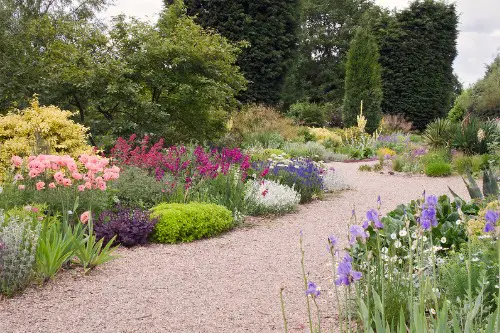
Gravel gardens sound perfect for the water-wise gardener—no lawn to mow, fewer plants to water. But the reality is, gravel doesn’t stop weeds. Wind-blown seeds and underground runners can still work their way through, and pulling them out of gravel is a pain. You’ll either be manually weeding constantly or relying on chemical weed control.
Then there’s the matter of shifting gravel. Over time, foot traffic and rain can cause uneven patches and bare spots, requiring raking and replenishing. If you have any organic mulch or soil underneath, it can mix with the gravel and create a mess. The minimalist aesthetic definitely doesn’t come with a minimalist maintenance schedule.
4. Native Plant Gardens
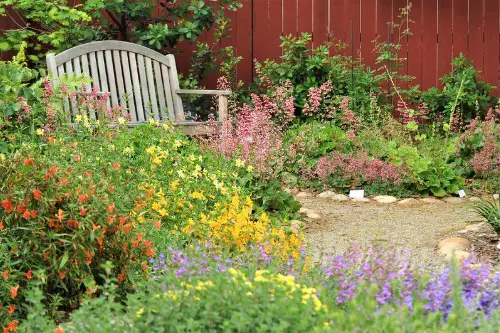
Native plants are often marketed as the ultimate low-maintenance solution, and that’s only partially true. While they are better adapted to your local conditions, they still need a lot of care in the first few years to get established. You’ll be watering, mulching, and pruning more than you might expect early on. And not all native species behave well in a garden setting—they can spread aggressively or look messy fast.
Even after they’re established, you’ll still need to manage things like seasonal dieback and crowding. Native gardens don’t always “look” maintained unless you intervene a bit. Some plants will flop over, others will need dividing, and you’ll want to keep certain species from taking over completely. The result can be gorgeous, but the process isn’t exactly hands-off.
5. Prairie Lawns
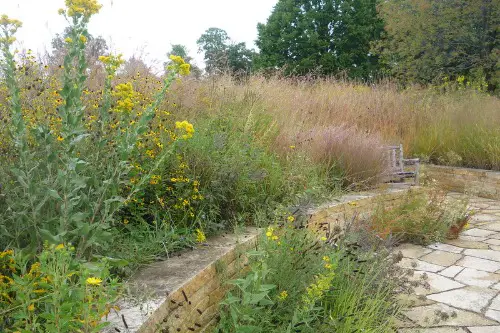
Prairie lawns replace turf with tall grasses and wildflowers, creating a sweeping, natural vibe. But if you think that means no mowing, think again—most prairie setups need to be cut back once or twice a year. And not just at any time—you have to get the timing right to avoid harming wildlife or preventing reseeding. Prescribed burns are sometimes used too, which aren’t exactly DIY-friendly.
Then there’s the seed mix itself—prairie lawns need careful planning to prevent fast-growers from dominating slower species. You’ll also likely need to weed aggressively in the first couple of years, especially if your soil is fertile. Over time, some plants will still outcompete others, and you may need to replant or divide to maintain biodiversity. It’s wild and beautiful—but not “set it and forget it.”
6. Edible Landscapes
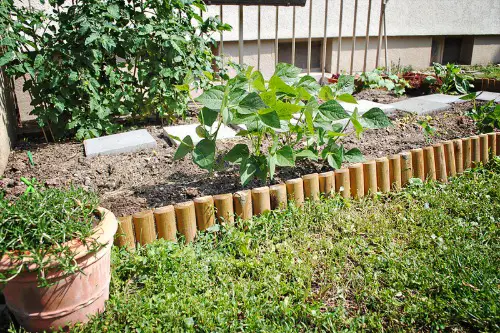
Edible landscaping sounds smart—why not grow beauty and food in the same space? But fruits, veggies, and herbs don’t always play nicely together or with ornamental plants. Many edibles are high-maintenance, requiring frequent watering, pruning, and pest management. And the more variety you grow, the more specific your care tasks become.
You also have to deal with seasonality—what looks great in May might be dead or leggy by August. Soil fertility is another concern, since food crops usually need more nutrients than standard landscape plants. Crop rotation, composting, and monitoring for disease become ongoing chores. It’s rewarding, yes, but far from effortless.
7. Woodland Gardens
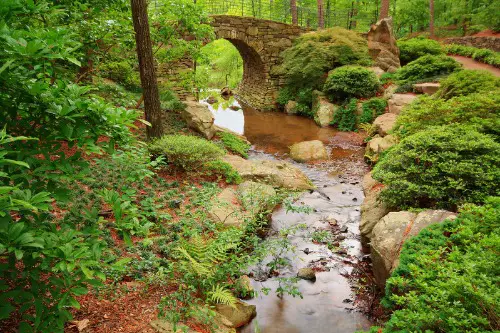
A woodland garden brings dappled light, layered foliage, and that fairy-tale forest feel. But it also comes with a host of long-term maintenance challenges. Leaf litter piles up fast and needs regular clearing to avoid smothering groundcover or encouraging mold. And while it might look “natural,” undergrowth doesn’t manage itself.
You’ll have to manage plant competition, as shade-lovers can quickly choke each other out. Fallen branches, root competition, and uneven ground can also make upkeep tricky. Plus, the plants themselves can be slow-growing or prone to pests if the balance of moisture and light shifts. It may look like you just let the forest take over—but in reality, it’s a curated ecosystem.
8. Xeriscapes with Succulents
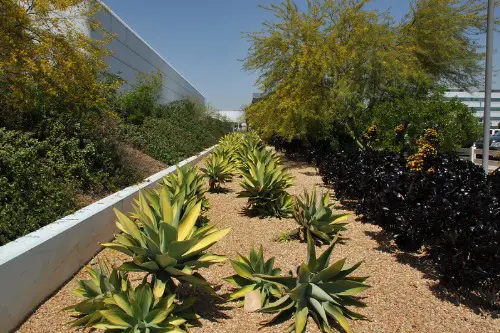
Xeriscaping, especially with succulents, is often sold as the ultimate low-water, low-work yard solution. But not all succulents are made for your climate, and many are sensitive to rot if overwatered or caught in unexpected rain. Drainage becomes a major issue, often requiring special soil and grading. You’ll also have to protect tender varieties from frost, pests, and sunburn.
Weeding in a xeriscape is no joke either—those gravel or rock beds don’t deter seeds, and it’s easy to damage a succulent while pulling nearby weeds. Some succulents grow quickly and need trimming or division, or else they become overgrown and leggy. And replacing dead plants isn’t as easy as tossing down new seeds—it can get expensive and time-consuming. The desert look may scream “effortless,” but keeping it crisp is anything but.
This post 8 “Natural” Yard Looks That Actually Require Constant Maintenance was first published on Greenhouse Black.
